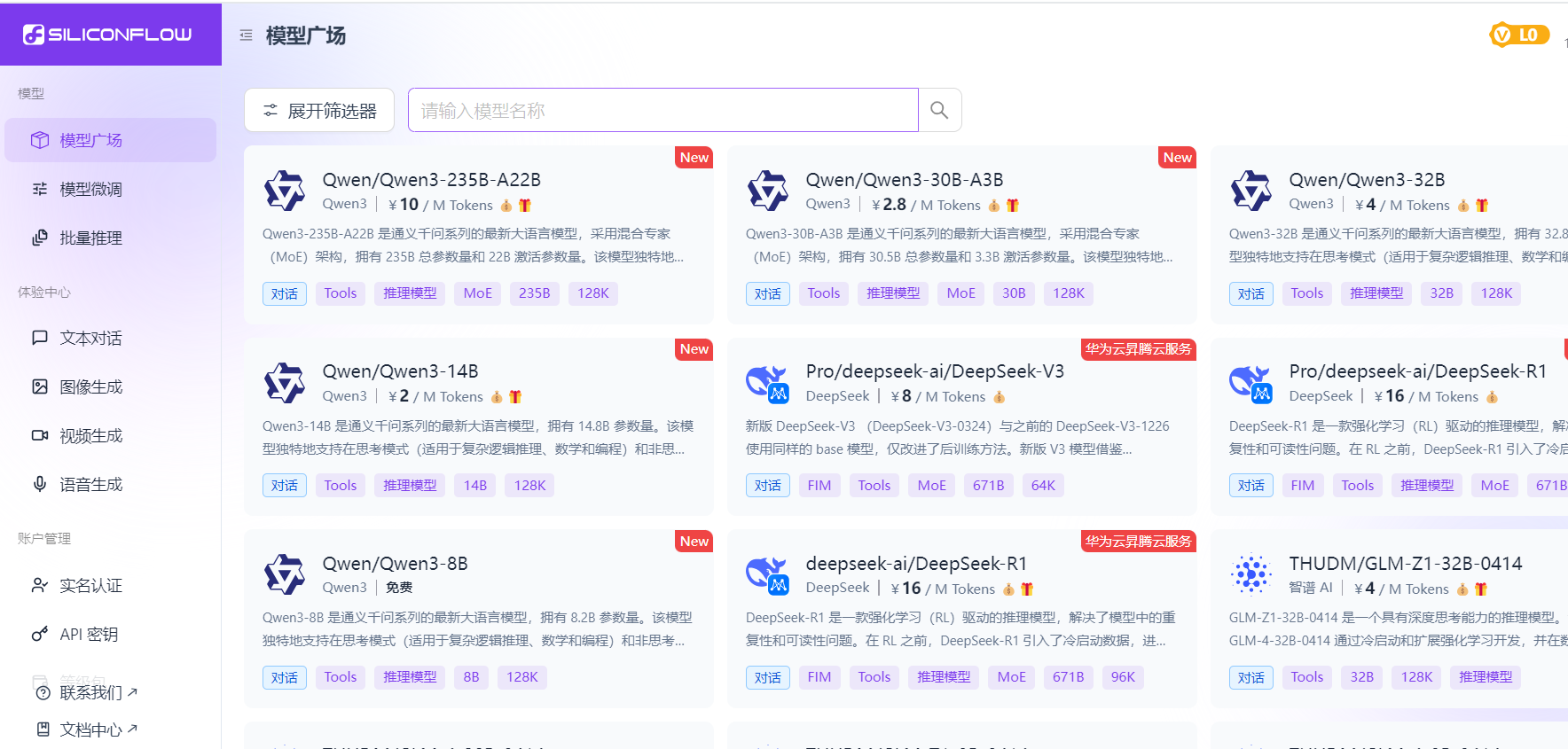使用 Spring Boot 和 OpenAI API 创建智能博客评论助手

引言
在当今数字化时代,内容创作变得越来越重要。无论是个人博客还是企业网站,高质量的内容都能吸引访客并提升用户参与度。然而,创作优质内容需要时间和精力。幸运的是,随着人工智能技术的发展,我们可以利用 OpenAI 的 API 来辅助内容创作。本文将介绍如何使用 Spring Boot 和 OpenAI API 创建一个智能博客评论助手,帮助您快速生成高质量的博客评论内容。
项目概述
我们将创建一个基于 Spring Boot 的应用程序,该程序能够调用 OpenAI 的 API,根据给定的主题生成博客评论。这个智能博客评论助手可以显著提高内容创作的效率,让创作者有更多时间专注于创意和策略。
技术栈
- Spring Boot: 用于快速开发 Java 应用程序的框架。
- OpenAI API: 提供强大的语言模型来生成文本内容。
- Gson: 用于 JSON 数据的序列化和反序列化。
Maven 配置
在 pom.xml 文件中添加以下依赖项:
xml
<?xml version="1.0" encoding="UTF-8"?>
<project xmlns="http://maven.apache.org/POM/4.0.0" xmlns:xsi="http://www.w3.org/2001/XMLSchema-instance"
xsi:schemaLocation="http://maven.apache.org/POM/4.0.0 https://maven.apache.org/xsd/maven-4.0.0.xsd">
<modelVersion>4.0.0</modelVersion>
<parent>
<groupId>org.springframework.boot</groupId>
<artifactId>spring-boot-starter-parent</artifactId>
<version>2.7.5</version>
<relativePath/> <!-- lookup parent from repository -->
</parent>
<groupId>com.example</groupId>
<artifactId>springboot-ai</artifactId>
<version>0.0.1-SNAPSHOT</version>
<name>springboot-ai</name>
<description>智能博客评论助手</description>
<properties>
<java.version>1.8</java.version>
</properties>
<dependencies>
<dependency>
<groupId>org.springframework.boot</groupId>
<artifactId>spring-boot-starter-web</artifactId>
</dependency>
<dependency>
<groupId>org.springframework.boot</groupId>
<artifactId>spring-boot-starter</artifactId>
</dependency>
<dependency>
<groupId>org.projectlombok</groupId>
<artifactId>lombok</artifactId>
<optional>true</optional>
</dependency>
<dependency>
<groupId>com.google.code.gson</groupId>
<artifactId>gson</artifactId>
<version>2.10.1</version>
</dependency>
</dependencies>
<build>
<plugins>
<plugin>
<groupId>org.springframework.boot</groupId>
<artifactId>spring-boot-maven-plugin</artifactId>
</plugin>
</plugins>
</build>
</project>代码实现
1. 创建 Spring Boot 项目
首先,您需要创建一个新的 Spring Boot 项目。您可以使用 Spring Initializr 来快速生成项目骨架,选择以下依赖项:
- Spring Web
- Lombok(可选,用于简化代码)
2. 配置 OpenAI API
在 application.yml 文件中添加 OpenAI API 的配置:
yaml
openai:
api-url: https://api.siliconflow.cn/v1/chat/completions
model-name: deepseek-ai/DeepSeek-R1-Distill-Qwen-7B
api-key: your_openai_api_key请将 your_openai_api_key 替换为您的实际 OpenAI API 密钥。
3. 创建 OpenAIHelper 类
创建一个 OpenAIHelper 类,用于处理与 OpenAI API 的交互:
java
package com.example.springboot.ai.components;
import com.google.gson.Gson;
import com.google.gson.annotations.SerializedName;
import lombok.extern.slf4j.Slf4j;
import org.springframework.beans.factory.annotation.Value;
import org.springframework.stereotype.Component;
import java.io.BufferedReader;
import java.io.IOException;
import java.io.InputStreamReader;
import java.io.OutputStream;
import java.net.HttpURLConnection;
import java.net.URL;
@Component
@Slf4j
public class OpenAIHelper {
@Value("${openai.api-url}")
private String apiURL;
@Value("${openai.model-name}")
private String modelName;
@Value("${openai.api-key}")
private String apiKey;
private final Gson gson = new Gson();
// 生成评论
public String generateComment(String title) throws IOException {
if (apiKey == null || apiKey.isEmpty() || title == null || title.isEmpty()) {
log.error("API密钥或标题为空");
return "";
}
RequestBody requestBody = new RequestBody();
requestBody.model = modelName;
requestBody.temperature = 0.7;
requestBody.max_tokens = 50;
Message message = new Message();
message.role = "user";
message.content = "生成一条积极的评论,主题是: " + title +
"。评论需要自然、互动性强,不超过50个字。";
requestBody.messages = new Message[]{message};
URL url = new URL(apiURL);
HttpURLConnection connection = (HttpURLConnection) url.openConnection();
connection.setRequestMethod("POST");
connection.setRequestProperty("Content-Type", "application/json");
connection.setRequestProperty("Authorization", "Bearer " + apiKey);
connection.setDoOutput(true);
try (OutputStream os = connection.getOutputStream()) {
byte[] input = gson.toJson(requestBody).getBytes("utf-8");
os.write(input, 0, input.length);
}
int responseCode = connection.getResponseCode();
if (responseCode == HttpURLConnection.HTTP_OK) {
try (BufferedReader br = new BufferedReader(
new InputStreamReader(connection.getInputStream(), "utf-8"))) {
StringBuilder response = new StringBuilder();
String responseLine;
while ((responseLine = br.readLine()) != null) {
response.append(responseLine.trim());
}
ResponseBody responseBody = gson.fromJson(response.toString(), ResponseBody.class);
if (responseBody != null &&
responseBody.choices != null &&
responseBody.choices.length > 0 &&
responseBody.choices[0].message != null) {
return responseBody.choices[0].message.content;
}
}
} else {
log.error("请求失败,状态码: {}", responseCode);
try (BufferedReader br = new BufferedReader(
new InputStreamReader(connection.getErrorStream(), "utf-8"))) {
StringBuilder response = new StringBuilder();
String responseLine;
while ((responseLine = br.readLine()) != null) {
response.append(responseLine.trim());
}
log.error("错误信息: {}", response);
}
}
return "";
}
// 内部类:请求体
private static class RequestBody {
String model;
double temperature;
int max_tokens;
Message[] messages;
@SerializedName("top_p")
double topP = 0.9;
@SerializedName("frequency_penalty")
double frequencyPenalty = 0.0;
@SerializedName("presence_penalty")
double presencePenalty = 0.0;
}
// 内部类:消息
private static class Message {
String role;
String content;
}
// 内部类:响应体
private static class ResponseBody {
Choice[] choices;
String id;
String object;
long created;
Usage usage;
}
// 内部类:选择项
private static class Choice {
Message message;
int index;
String finish_reason;
}
// 内部类:使用统计
private static class Usage {
@SerializedName("prompt_tokens")
int promptTokens;
@SerializedName("completion_tokens")
int completionTokens;
@SerializedName("total_tokens")
int totalTokens;
}
}4. 创建博客生成服务
创建一个服务类 BlogService,用于生成博客内容:
java
package com.example.springboot.ai.service;
import com.example.springboot.ai.components.OpenAIHelper;
import org.springframework.beans.factory.annotation.Autowired;
import org.springframework.stereotype.Service;
@Service
public class BlogService {
@Autowired
private OpenAIHelper openAIHelper;
public String generateBlogPost(String topic) throws IOException {
return openAIHelper.generateComment(topic);
}
}5. 创建控制器
创建一个控制器 BlogController,用于处理 HTTP 请求:
java
package com.example.springboot.ai.controller;
import com.example.springboot.ai.service.BlogService;
import org.springframework.beans.factory.annotation.Autowired;
import org.springframework.web.bind.annotation.GetMapping;
import org.springframework.web.bind.annotation.RequestParam;
import org.springframework.web.bind.annotation.RestController;
@RestController
public class BlogController {
@Autowired
private BlogService blogService;
@GetMapping("/generate-blog")
public String generateBlog(@RequestParam String topic) throws IOException {
return blogService.generateBlogPost(topic);
}
}6. 启动应用
创建主应用程序类 BlogGeneratorApplication:
java
package com.example.springboot.ai;
import org.springframework.boot.SpringApplication;
import org.springframework.boot.autoconfigure.SpringBootApplication;
@SpringBootApplication
public class BlogGeneratorApplication {
public static void main(String[] args) {
SpringApplication.run(BlogGeneratorApplication.class, args);
}
}使用指南
-
启动 Spring Boot 应用。
-
访问
http://localhost:8080/generate-blog?topic=您的主题,例如:http://localhost:8080/generate-blog?topic=人工智能 -
查看生成的博客评论内容。
结论
通过集成 Spring Boot 和 OpenAI API,我们可以轻松创建一个智能博客评论助手,帮助我们快速生成高质量的博客评论内容。这不仅节省了时间,还提高了内容创作的效率。希望这个项目能为您的内容创作带来便利!